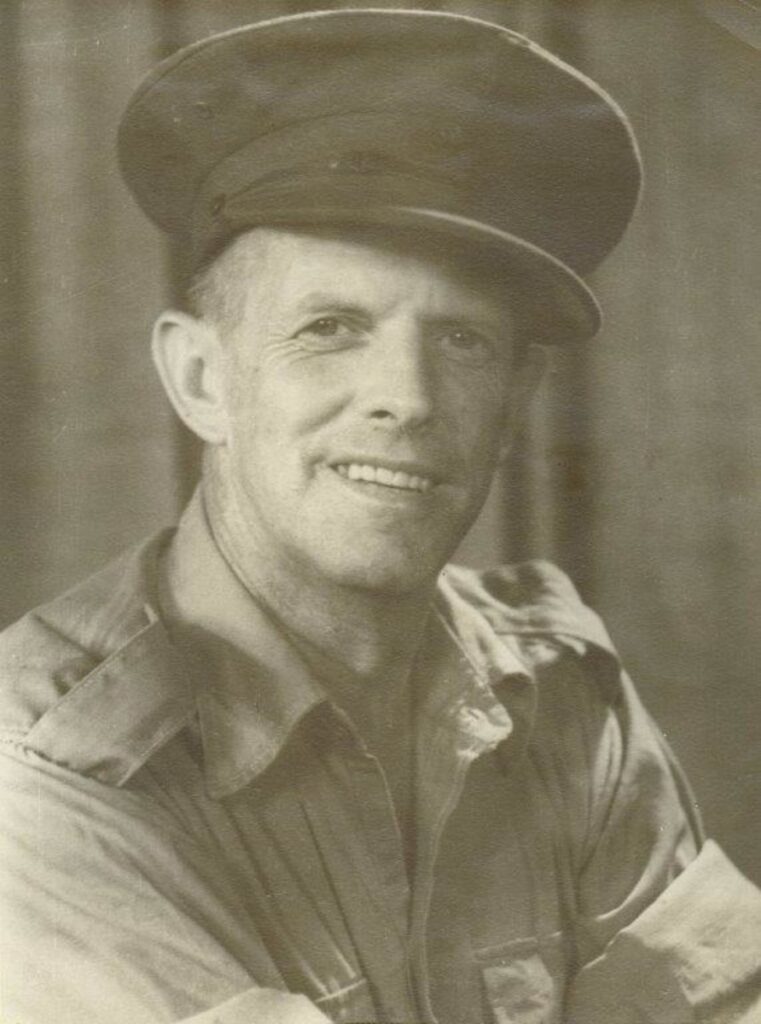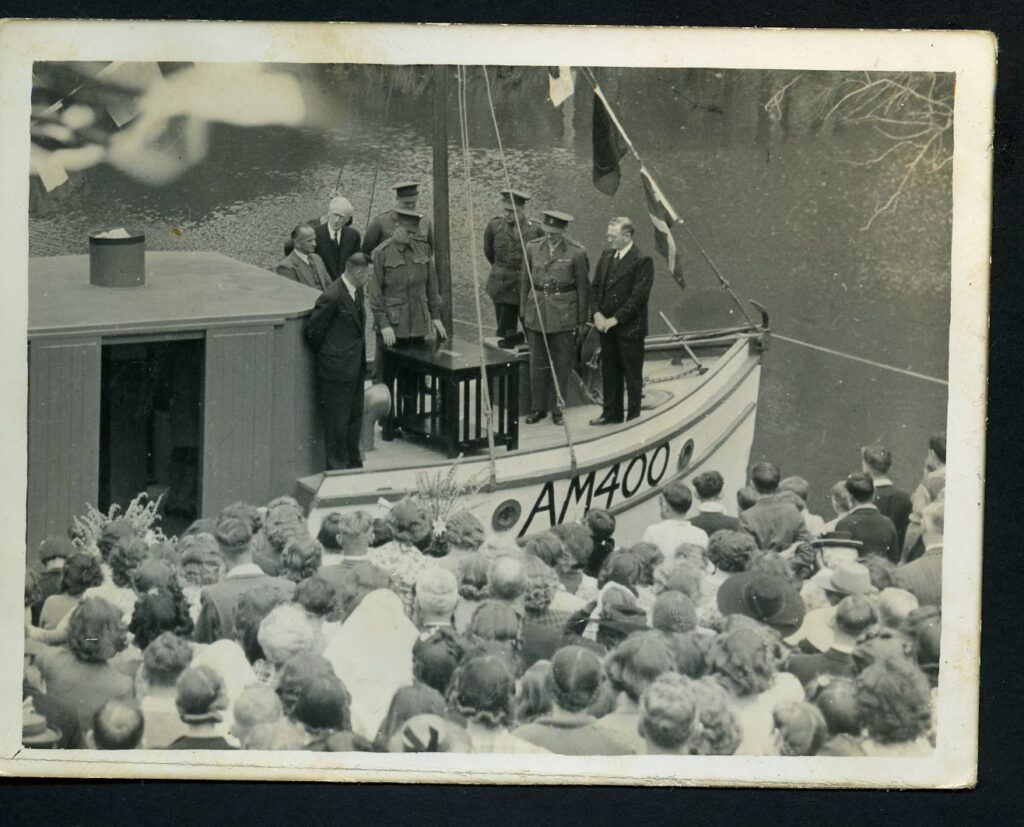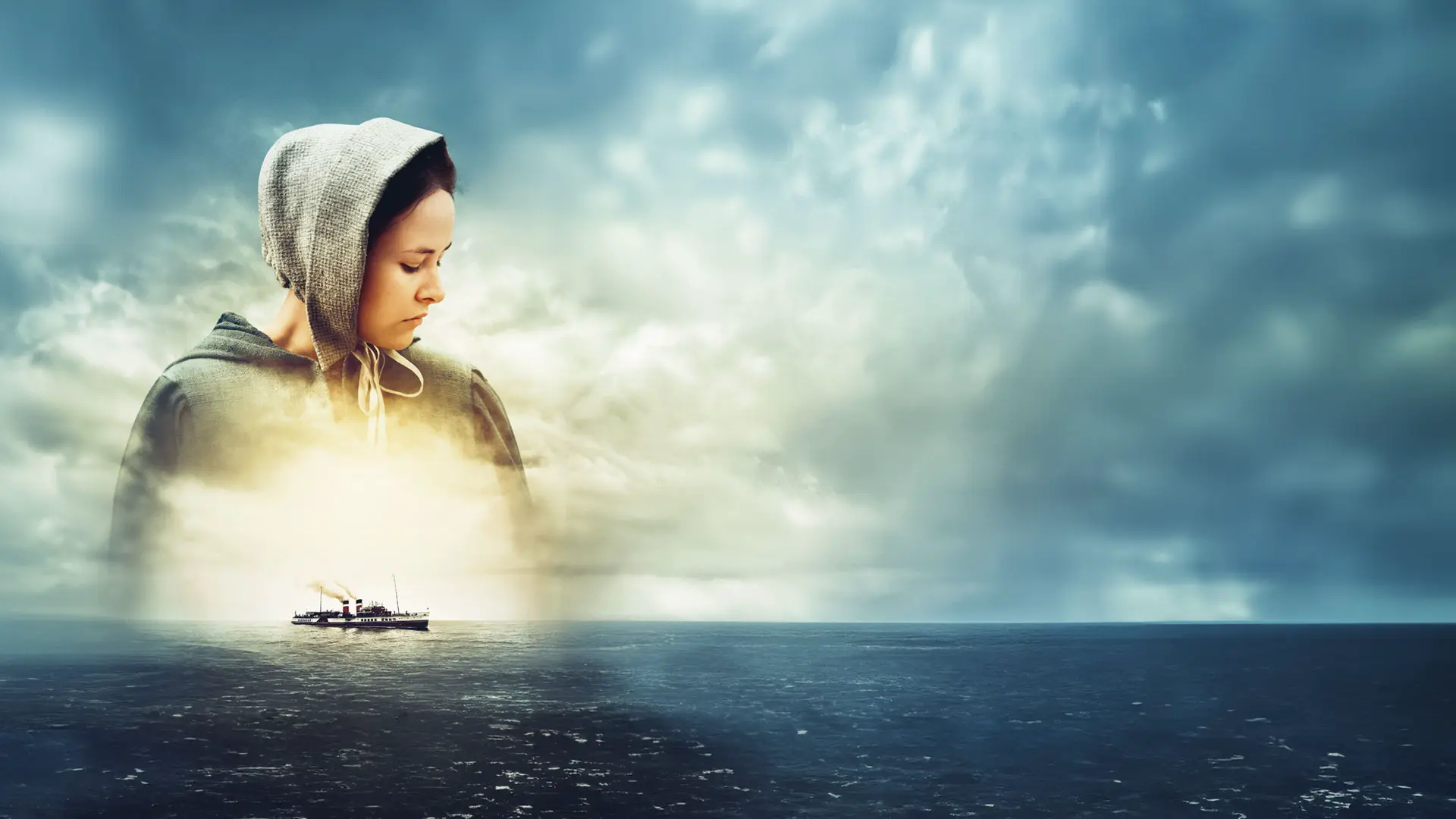South Pacific Maritime Missionaries
The Pitcairn

The Pitcairn was the first boat that was owned and operated by the SDA Church. It set sail from San Francisco on 20th October 1890, and sailed for 35 days to the South Pacific Island, Pitcairn, arriving on November 25th. Within the first three weeks of arriving, the missionaries baptised 82 people.
Boat builder
The first vessel built for the SDA Church was a 26ft boat called the Rani. It was built by Lars Halvorsen and his sons in Sydney, where their shipbuilding company was based. The Church became a loyal customer of the Halvorsen shipbuilding company, especially after the war when many of the vessels were destroyed. Since 1925, when Halvorsen began his company, he built 19 vessels for the Church. Some of these vessels include Le Phare, Na Cina, Fidelis, Veilomani II, Fetu Ao, Lao Heni, Nakalagi, Malalagi II and Leleo.

Captain Jack Radley

Captain Jack was a graduate of the Australasian Missionary College (Avondale) in 1917. He was a master of fixing things and showed great skills in engineering, which he learnt from his elder brother. After graduating from Missionary College, Radley was invited to join Captain G.F Jones, a missionary set to sail to the Solomon Islands. Radley’s task was to help man the vessel Melanesia. Upon this voyage, Jack Radley gained more experience and knowledge of maritime. He became an experienced captain, trained Natives how to sail the vessels and continued to serve throughout WWII. Captain Radley retired from his missionary service in 1955, leaving a legacy that will not be forgotten about.
WWII Impact on SDA Missions
With rumours of war, all SDA missionaries serving in the Pacific Islands were ordered to evacuate and return to their country of birth. There was urgency towards missionaries living in the Solomon Islands and Papua New Guinea as the Japanese military were targeting these islands.
As the Australasian Union owned and operated many vessels such as the Melanesia, Malalagi, Veilomani, Diari, G.F Jones and Batuna (just to name a few), they evacuated missionaries from other churches also. At the time, women and children were priorities to aboard ships sailing back to their home countries (mostly to Australia and New Zealand). Men would evacuate later; some choosing to stay and serve and protect with their fellow Native believers. Having such short notice to pack their belongings, one Irish missionary was so flustered all she could think to pack was her teapot and a bag full of tea. Her voyage to New Zealand from the Pacific Islands was sure to be a memorable one.
The news of war and being told to evacuate was disheartening for European missionaries who established new lives on the islands. SDA missionaries had seen a large growth in natives coming to know God and accept Him as their Lord and Saviour. Trusting in God and knowing they had shared Christ’s love with the natives, they were encouraged and hopeful to return after the war and see their eternal family soon.


Captain Jack Radley was ordered to evacuate Papua New Guinea, where he served most of his time. He was one of the most experienced captains for the church and was instructed to bring other missionaries to Cairns, Australia, from the Pacific Islands. Once arriving in Cairns, he boarded the Diari, a 41ft (12.5m) ketch, and sailed it along the East coast all the way to Dora Creek, Cooranbong.
The Australasian Union Committee agreed to transform the Diari into a medical vessel where it would serve in the Pacific Islands for the remainder of WWII. Radley sailed the newly refurbished vessel AM400 from Newcastle back to Papua New Guinea and was titled ‘Master of the vessel’ by the army.
The Malalagi

The Malalagi played a significant role in the attempt to evacuate missionaries during WWII when there were threats to the Solomon Islands, Papua New Guinea and Australia.
Natives managed to tow the Malalagi down a river and hide it under palm leaves. When the time came to evacuate, the Malalagi unfortunately was hit by Japanese invaders resulting in wrecking the ship. No lives were lost due to the shipwreck.
The Portal

The Portal, a 40ft schooner with a semi-diesel Gardner engine, was one of the few missionary vessels that were not destroyed by the Japanese during WWII invasions. This sailboat had its quirks, as most boats do. The engine was beyond its years of being reliable. In order for the engine to start up, the cylinder heads had to be heated up using a blow torch.
At the time, the Portal was anchored in the Marovo Lagoon (Solomon Is.), where British Army defence boats were keeping watch of enemy activity. The Major of the military ship ordered the Portal to be destroyed so the Japanese didn’t get to it first. Two drums of gasoline were poured over the Portal, and the boat became engulfed by flames. Onshore, Native Christians were disturbed by the mission boats’ fate. They began praying to God for His divine intervention. Immediately, the fire went out as if a strong breath blew the flames away. Natives safely swam the Portal to shore and devised a plan to keep the boat safe.
Worried that if the enemy saw the boat and captured it for their own use, natives began disassembling the motor and giving out pieces to each other for safekeeping. They hid the engineless boat covering it in green forestry, hoping the enemy would not see it from above.
Time came when the Natives were able to restore and reassemble to boat engine, having kept it out of enemy sight. Natives slowly returned the engine’s pieces, and they began fixing the boat structure. When asked why they didn’t replace burnt parts of the boat with new wood, they replied, “Keeping the burnt wood is a sign of what God did to protect the Portal.”

